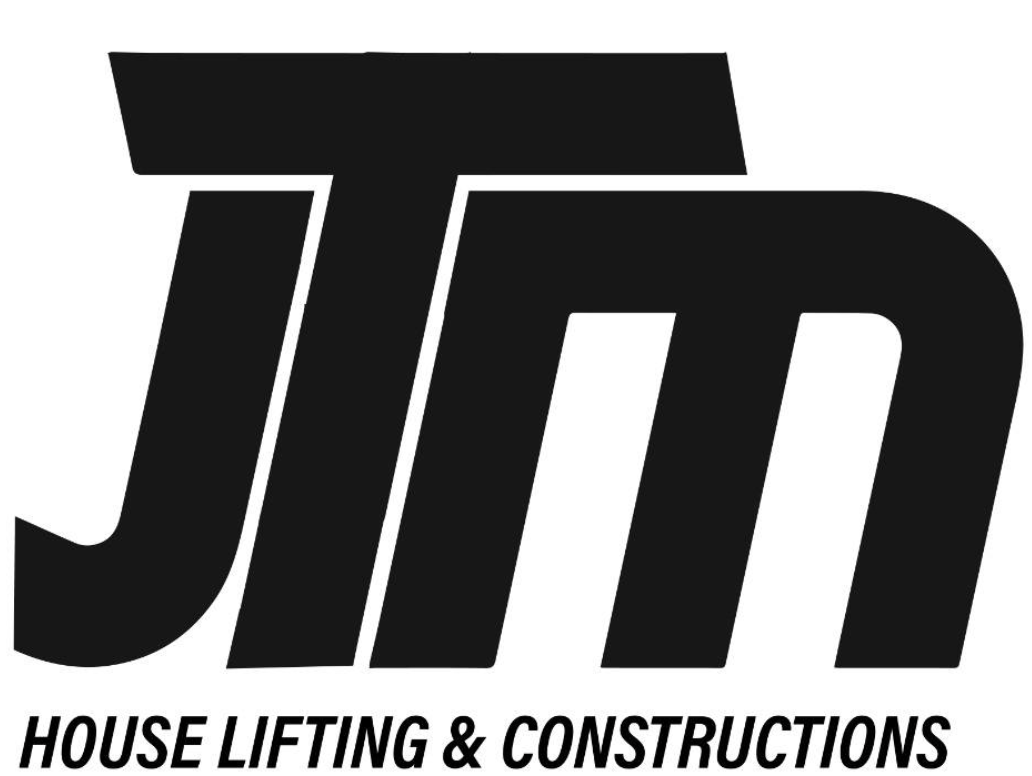Are you looking for an efficient and effective way to lift buildings? Look no further than building lifting with jacks.
Whether you’re a homeowner wanting to create more living space or a construction professional needing to elevate a structure for repairs, using jacks can be the answer you’re seeking.
In this article, we will explore the different types of jacks commonly used for building lifting and discuss the numerous benefits they offer.
When it comes to building lifting, there are several types of jacks at your disposal. Hydraulic bottle jacks are often favored for their compact size and impressive weight-bearing capacity. These jacks operate by pumping hydraulic fluid into a cylinder, causing the piston to rise and lift the structure gradually.
Another popular option is screw jacks, which utilize threaded rods and nuts to provide vertical elevation. Known for their stability and precision, screw jacks allow for controlled lifting while minimizing any potential damage.
Building lifting with jacks offers multiple advantages that make them an attractive choice in various situations. Firstly, using jacks eliminates the need for extensive excavation work or expensive equipment like cranes or bulldozers. This not only saves time but also reduces costs significantly.
Secondly, it allows you to raise entire structures uniformly without causing any structural damage or stress fractures that may occur when using other methods. Additionally, building lifting with jacks enables you to easily access areas underneath buildings for repairs or renovations without disrupting adjacent structures or landscapes.
So whether it’s raising your home for additional space or repairing foundations without major disruptions, building lifting with jacks provides a reliable solution that is both cost-effective and efficient.
## Types of Jacks Used for Building Lifting
There are various types of jacks that are commonly used for building lifting, each with their own unique features and capabilities.
One type is the screw jack, which consists of a long threaded screw shaft and a movable nut that rides along the threads. By turning the screw shaft using a handle or a motor, the nut moves up or down, allowing for precise control over the lifting process. Screw jacks are often used for smaller buildings or structures where precision and stability are crucial.
Another common type of jack used for building lifting is the hydraulic jack. This type of jack utilizes fluid pressure to lift heavy loads. Hydraulic jacks consist of a pump system that applies pressure to a cylinder filled with hydraulic fluid. When the pump is activated, it forces the fluid into the cylinder, causing it to extend and lift the load. Hydraulic jacks have high lifting capacities and can be easily controlled with valves to adjust the speed and height of lifting. They are often used in larger-scale construction projects where heavy loads need to be lifted quickly and efficiently.
There are different types of jacks available for building lifting, each offering its own advantages depending on the specific needs of a project. Screw jacks provide precise control while hydraulic jacks offer high lifting capacities and speed. Understanding these different types can help ensure that the appropriate jack is chosen for successful building lifting operations.
## Benefits of Building Lifting with Jacks
You’ll love the incredible advantages of using jacks for raising structures! Building lifting with jacks offers numerous benefits that make it a popular choice among construction professionals.
Firstly, using jacks allows for precise and controlled elevation of buildings. Unlike traditional methods, such as using cranes or hydraulic systems, jacks offer more flexibility in adjusting the height and levelness of the structure. This precision is crucial when dealing with uneven terrain or when trying to align multiple parts of a building during construction or renovation.
Secondly, building lifting with jacks minimizes disruption to the surrounding area. Since they can be placed strategically under specific load-bearing points, jacks provide targeted support without requiring extensive excavation or demolition work. This not only reduces noise and dust but also prevents damage to nearby structures or utilities. Additionally, using jacks enables construction projects to proceed smoothly even in congested urban areas where space constraints may limit access for larger machinery.
Building lifting with jacks offers unparalleled advantages in terms of precision and minimal disruption. The ability to precisely control the elevation and levelness of structures makes it an ideal choice for various construction projects. Moreover, its non-intrusive nature ensures minimal disturbance to both the site and neighboring properties. So why settle for outdated methods when you can enjoy these incredible benefits by incorporating jacks into your building lifting process?
